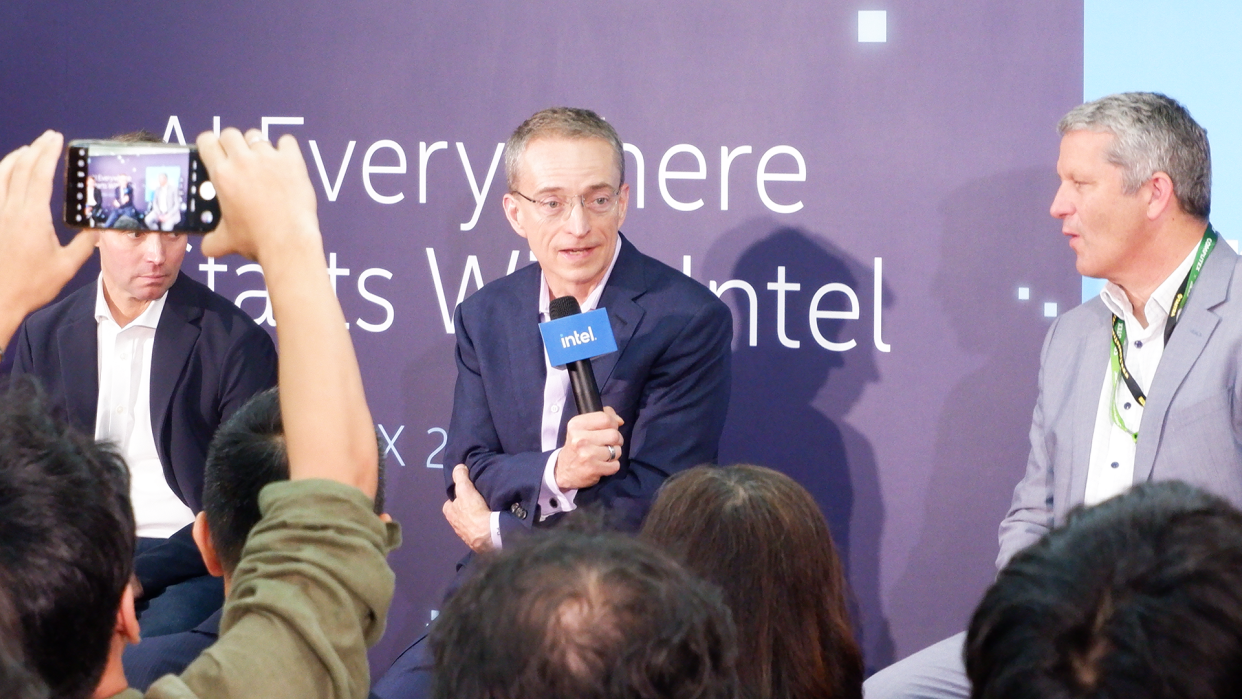Intel's latest processor is mostly made by its biggest manufacturing rival because it had 'a better process technology at that point in time'

Lunar Lake is a chiplet-based processor. The majority of these chiplets, which Intel calls tiles, are not manufactured by Intel Foundry—the company's manufacturing division. Rather, they're built be TSMC, the world's largest foundry. The reason for that decision, Intel CEO's says, is simply that TSMC was better.
"Simply put, Lunar Lake picked TSMC as a better process technology at that point in time," Intel CEO Pat Gelsinger says at Computex 2024. "And so that's why we ended up using more of it."
"Obviously the results I talked about today it was a good choice. It's working well."
Lunar Lake has three tiles: the Compute Tile, Platform Controller Tile and Base Tile. The Base Tile is the only one made on an Intel process. The other two, which are absolutely the most important, are made by TSMC. The Compute Tile, which includes all of the cores, GPU and NPU, is made on TSMC's N3B node.
The Lunar Lake system-on-chip has been built with efficiency in mind, which suggests TSMC had a better blend of performance, scale and overall efficiency available with its N3B node than its own Intel 4 or Intel 3 nodes.
Gelsinger suggests that this won't be the case for Intel's next-gen mobile chip, codename Panther Lake, coming 2025.
"And next year, when we move to Panther Lake, almost all of the tiles are on Intel.
Computex 2024

Catch up with Computex 2024: We're on the ground at Taiwan's biggest tech show to see what Nvidia, AMD, Intel, Asus, Gigabyte, MSI and more have to show.
"We'll have made a major move to take advantage of our five nodes in four years and align with that with Panther Lake for client."
Panther Lake will be built on the Intel 18A process node, and the first wafers will be heading out of Intel's fabs next week, according to Gelsinger.
Five nodes in four years refers to Intel Foundry's plan to quickly ramp up its process nodes to become more competitive with, you guessed it, TSMC. The five nodes are Intel 7, Intel 4, Intel 3, Intel 20A, and Intel 18A.
Intel has announced 14A will follow after all that, which is the first High-NA EUV process. That's actually set to see the company differentiate from TSMC, which is yet to adopt High-NA EUV. It's a bit of a gamble for Intel, and requires heaving new machines, but Intel likely sees this sort of step as required to leapfrog the competition.
